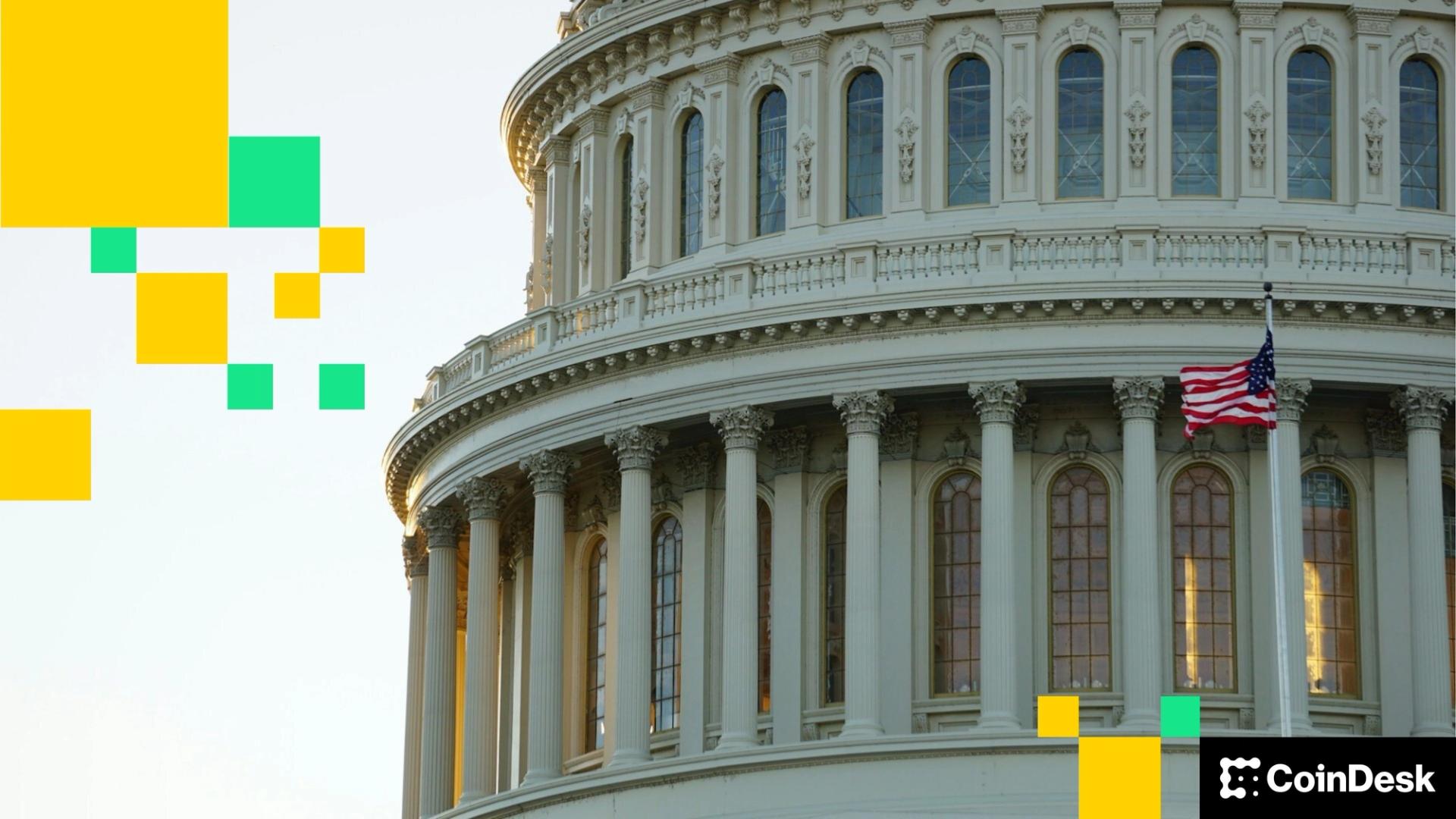
With the enactment of the GENIUS Act and passage of the CLARITY Act through the U.S. House of Representatives, the United States has reversed its hostile approach to the digital asset ecosystem. While the Biden Administration spent the past four years injecting uncertainty for digital asset users and innovators, other countries pursued different approaches. This reality was apparent as I traveled with bipartisan members of the House Committee on Financial Services and House Committee on Agriculture to Latin America and Europe for a series of digital asset oversight meetings.
During our discussions with both the private sector and government policy leaders, I had the opportunity to see firsthand how digital assets are being used and evolving globally. The takeaway is clear: Latin America, Europe and the U.S. each represent a distinct path in the development of digital asset markets — and together highlight why the U.S. must enact a regulatory framework for the digital asset markets.
Across Latin America, we saw firsthand digital asset use cases in the real economy. In South and Central America, people are driving grassroots use of digital assets at scale for payments, remittances and savings. Last year, digital asset markets in the region were valued at $415 billion, with 46% of investment flowing primarily into U.S. dollar-denominated stablecoins.
Argentina stands out as a digital assets pioneer in Latin America with stablecoins providing an inflation-resistant store of value as the Milei Administration begins to formalize their approach to a regulatory framework for digital assets. Paraguay’s hydropower has made it a hub for Bitcoin mining, while Mexico is advancing fintech and crypto oversight alongside strong consumer demand. Moreover, Peru has incorporated digital asset exchanges into its anti-money laundering and counter terrorist financing regime and signaled plans to integrate digital assets into its national tax framework. In short, Latin America underscores compelling use cases of digital assets: resilience against inflation, low-cost transfers and financial inclusion.
Our members also met with European Central Bankers, financial regulators and private sector innovators. In 2023, the European Union (EU) passed the Markets in Crypto-Assets (MiCA) into law which created a comprehensive regulatory framework around the digital asset ecosystem. MiCA seeks to set the rules of the road for e-money tokens, asset-referenced tokens, service providers and stablecoin issuers across the entirety of the EU. The EU’s market regulator, ESMA, and the European Banking Authority coordinate with EU member states to ensure that digital asset regulation is harmonized.
Given that the EU had a head start implementing their digital asset rules and regulations, it was insightful to hear their experience in crafting these regulations as the U.S. is beginning a similar endeavor. In our discussions with European digital asset firms, it was clear that implementation is critical to ensuring a functional framework for the digital asset ecosystem. We must ensure that the regulations do not crowd out small innovative firms, creating a landscape where only large institutions are able to successfully comply within the legal framework.
Although the U.S. has the deepest liquidity in digital asset markets and is home to some of the largest issuers and exchanges, we still lack a comprehensive market structure for digital assets. The GENIUS Act, signed into law by President Trump on July 18, 2025, was the United States’ first step in providing regulatory clarity for digital assets. By enacting a framework for payment stablecoin issuance, the GENIUS Act will drive the creation of a modern, digital payments system in the United States.
This is only one piece of the puzzle, however. Without a market structure framework that allows innovation while protecting consumers and investors, the U.S. digital asset ecosystem will not thrive, and we risk ceding ground to Latin America’s fast-moving adoption and Europe’s harmonized regulatory regime. In July, the House overwhelmingly passed the bipartisan CLARITY Act by a vote of 294-134. The time is now. We must keep pace with the rest of the globe by enacting digital asset market structure by the end of the year.
免责声明:本文章仅代表作者个人观点,不代表本平台的立场和观点。本文章仅供信息分享,不构成对任何人的任何投资建议。用户与作者之间的任何争议,与本平台无关。如网页中刊载的文章或图片涉及侵权,请提供相关的权利证明和身份证明发送邮件到support@aicoin.com,本平台相关工作人员将会进行核查。




